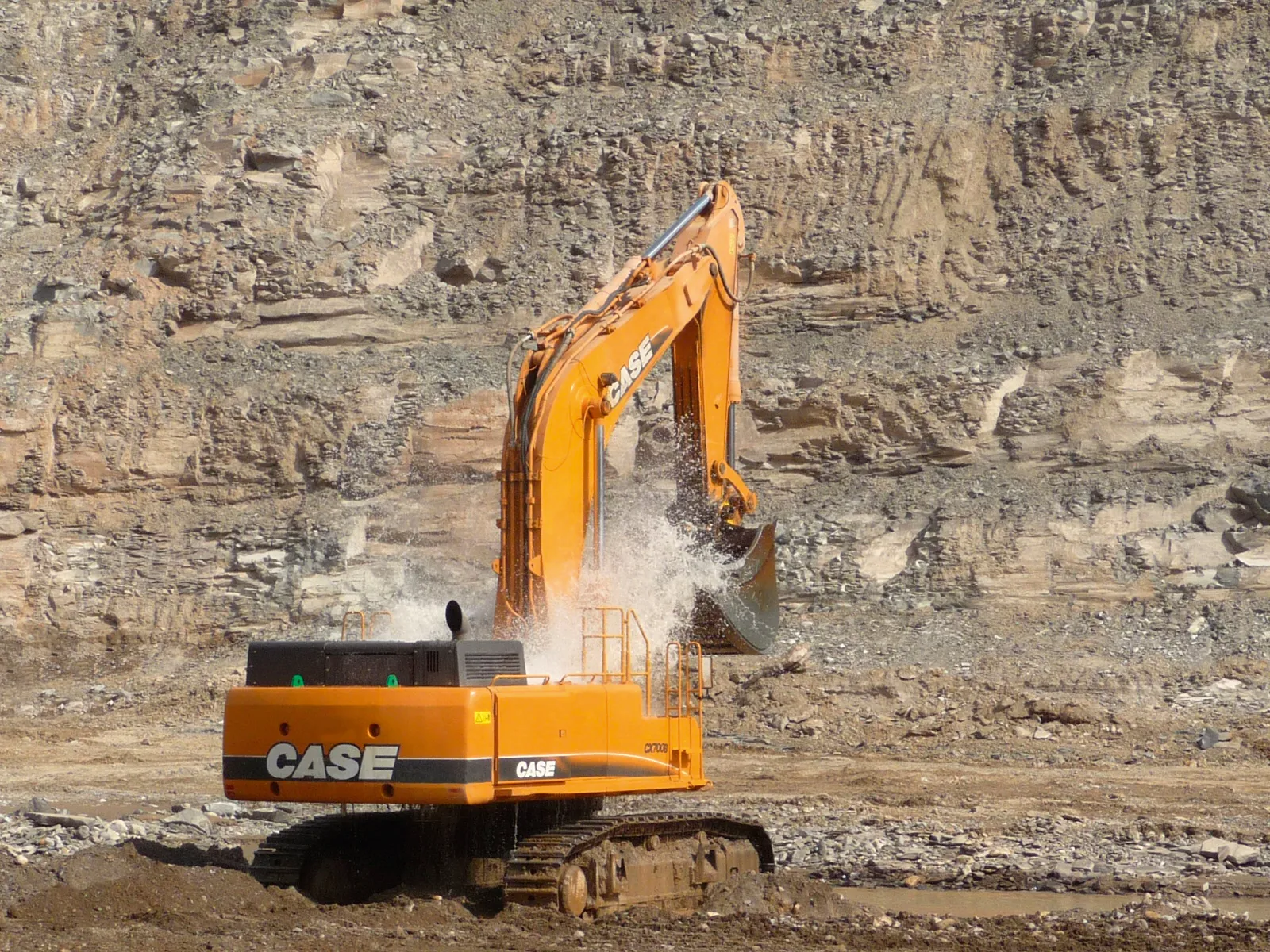Dynavis, a hydraulic fluid additive, has been a money-saver for many heavy equipment operators and case studies confirming this will be on show at the Evonik stand at INTERMAT.
Up to 30% more hydraulic power versus a conventional mono-grade ISO 46 fluid has been recorded, says Rolf Fianke, aftermarket support manager at Evonik, based in Darmstadt, Germany.
Data has been collected over the past decade, much of it because Dynavis is used by many OEMs. But as yet Dynavis has not been highlighted as an in
January 30, 2015
Read time: 2 mins

Up to 30% more hydraulic power versus a conventional mono-grade ISO 46 fluid has been recorded, says Rolf Fianke, aftermarket support manager at Evonik, based in Darmstadt, Germany.
Data has been collected over the past decade, much of it because Dynavis is used by many OEMs. But as yet Dynavis has not been highlighted as an integral part of new equipment. INTERMAT is where Evonik wants to bring Dynavis out of the shadows and have it become a visible stand-alone brand for buyers of equipment and for maintenance crews who examine hydraulic performances.
Higher hydraulic power can translate into money saving, and one chief executive of a southern German company estimated around €5,920 ($6,700) was saved over one year using Dynavis. He claims that his excavator noticeably maintained power when multiple functions were activated, versus when not using Dynavis.
In another case study, a Lithuanian mining company was using a track-mounted 36 tonne Kleeman MS 19 Z screening unit. During the six-month test period, the fluid was exposed to winter temperatures as low as minus 20C to more than 30C in the summer. The mining company said it found the unit had used around 15% less fuel when adding Dynavis into the machines hydraulics.








